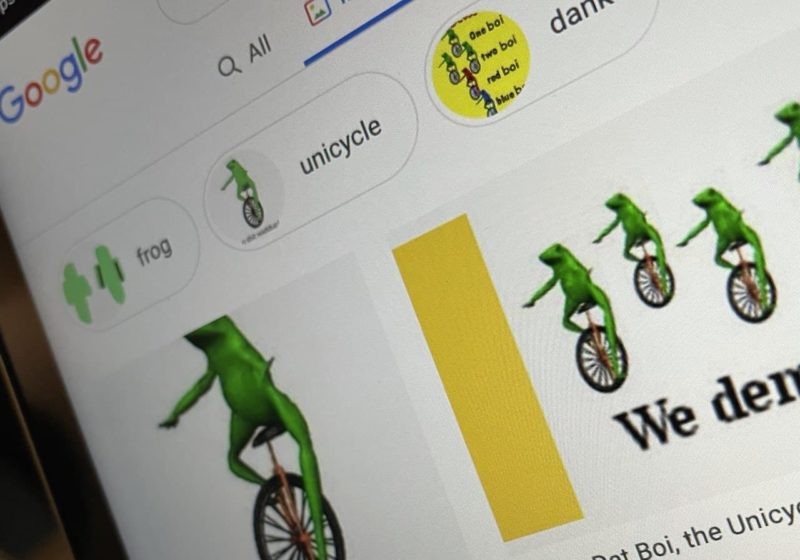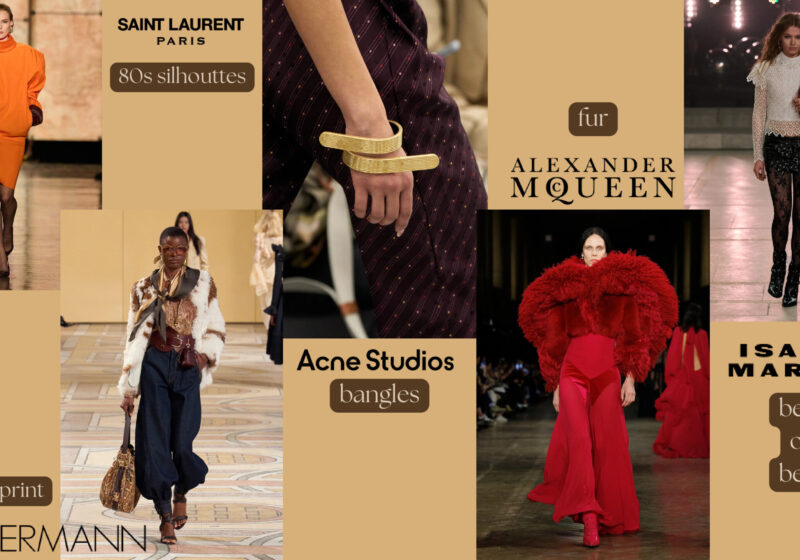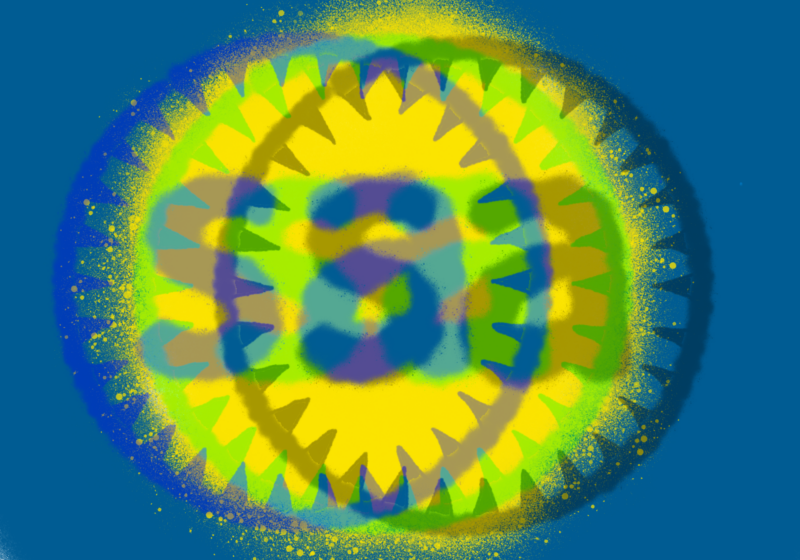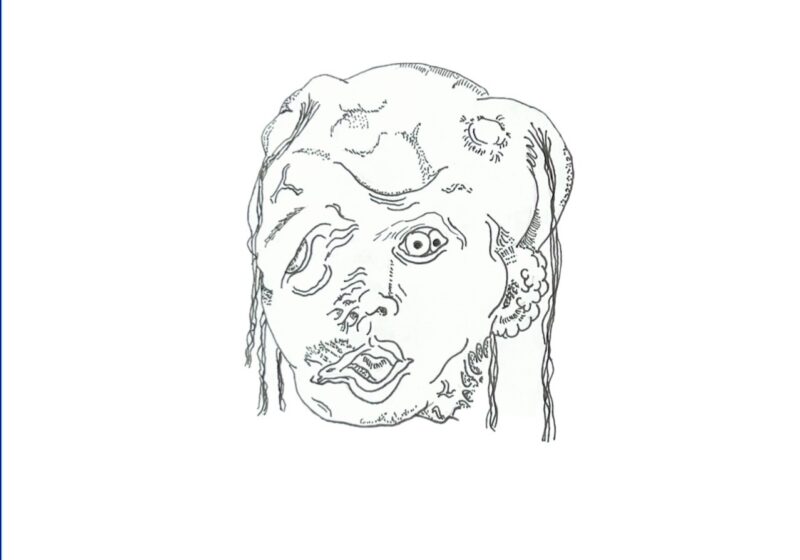This week, as we approach the last month of spring, I thought I’d talk about frogs. Anyone who knows me knows that I love frogs — I love looking for them after it rains, I love watching nature documentaries about them, I have a frog lamp in my house off campus. And, most importantly, I love the memes.
Frogs have been prevalent in popular culture since the arrival of Kermit in 1955. His regular television appearances began in 1969 on Sesame Street, which caused his popularity among young viewers to skyrocket. In 1976, he became the face of the Muppet Show. Years later, he appeared in a 2014 Lipton tea commercial which led to him filling the judgemental, memey role we know and love today.
My love for frogs actually began with Kermit — in particular, it started with his role in Muppets from Space, which was released the year I was born (1999). The film quickly became my favorite childhood movie. As I approached middle school and started using the internet regularly, it seemed that the rest of the world had a love for frogs as well (maybe even an obsession).
In 2005, Pepe the Frog began circulating on various websites, first appearing in the comic book series “Boy’s Club.” Pepe’s spread soon became unstoppable as he appeared in all corners of the internet. Soon, though, users on Reddit procured Pepe’s image and transformed him into a symbol of hate, and he began appearing in bigoted posts, with a specific concentration in anti-semitic content. The Anti-Defamation League even has a post about Pepe on their website, citing that in 2016 they “teamed with Pepe creator Matt Furie to form a #SavePepe campaign to reclaim the symbol from those who use it with hateful intentions.”
That same year, a new frog meme appeared on the internet and gained enormous popularity. While Pepe’s image still lingered in the backs of many internet user’s minds, Dat Boi — an animated frog riding on a unicycle — quickly took the place of most popular frog. I was a junior in high school during Dat Boi’s reign, and his trendiness surged in the hallways of my school. Someone printed out his picture at the library and left little black-and-white squares of his image all over the place — wedged between library books, taped in the mirror of the girl’s bathroom, stuffed in my backpack while I wasn’t looking during French class.
Now that Pepe and Dat Boi have faded, however, yet another frog has arisen. This time, it’s a type of amphibian meme instead of one specific frog holding the crown. The emergence of the cottagecore aesthetic has made room for softer, more gentle images. There are frogs wearing hats, smiling frogs, frogs holding hands, frogs perched on the leaves of houseplants, and frogs posed against the sky. This has spurred the revitalization of the classic children’s books “Frog and Toad” from the 1970s. My favorite image, in particular, is this image of Toad feeling embarrassed in his new swimsuit.
As a consumer of frog media, I can conjecture that these new images of frogs are so popular because they act as an escape from the harsh reality of life. Cottagecore frogs have garnered immense popularity over the course of the past year. With unprecedented access to the internet and global news, images of frogs wearing hats, or Frog and Toad baking cookies from a simpler time, seem to ease many people’s anxieties about the present state of the world. Frogs seem to indicate a simpler time, or the promise of happier days. Perhaps we’ll get there soon.






